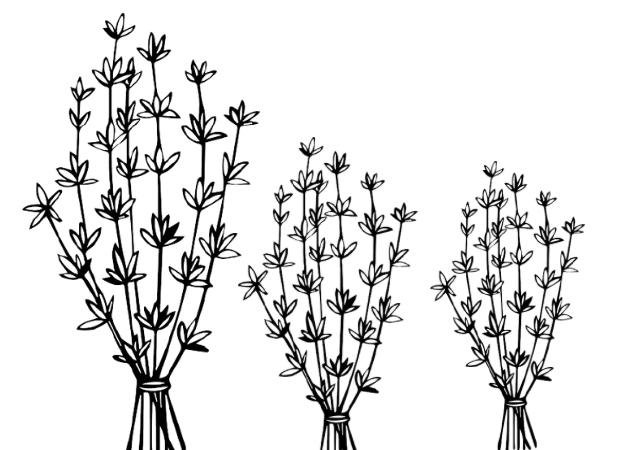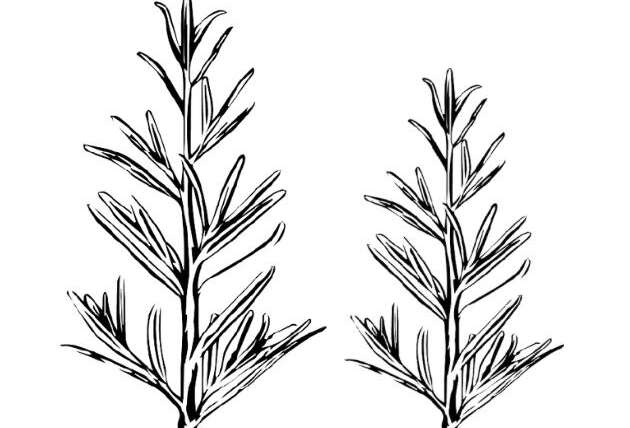“…Thymus vulgaris commonly known as “thyme” has been used for many centuries for its flavoring, culinary, and medicinal properties [12]. The name thyme derives from the Greek word ‘thymos’ which means courage or strength. In the first century AD, thyme was used mainly as a medicinal plant, which was mentioned in Dioscorides’ work. However, in the Mediterranean region, it was used mainly as spice and then spread all over the world [12]…
…T. vulgaris is a perennial, evergreen subshrub with a generally upright, woody-based stem. The leaves are arranged as whorls around the stem, evergreen and simple [15]. They have an ovate shape, fine texture and a pleasant scent…
…Thyme is loaded with phytonutrients, minerals and vitamins that are vital for good health. These nutrients are known for their disease-preventing and health-promoting properties and contribute to the benefits of this herb. Thyme is particularly rich in vitamin A and vitamin C. Vitamin A is an antioxidant known for being vital in maintaining healthy mucus membranes and skin as well as good vision. Vitamin C is essential to resist infectious diseases and protects against harmful pro-inflammatory free radicals. Thyme also contains B-complex vitamins, mainly vitamin B6 (pyridoxine), that assists in maintaining the γ-aminobutyric acid (GABA) levels in the brain and acts as a stress reliever. Vitamin K, vitamin E and folic acid are also present in thyme [16]. According to the US Department of Agriculture National Nutrient database, the oxygen radical absorbance capacity (ORAC) value of thyme is 27,426 µmoles of Trolox Equivalents per 100 g (molTE/100 g) [21]. This value indicates the power and capability of an antioxidant product to neutralize the free radicals…
…Thyme is also loaded with minerals that are essential for good health. Its leaves form an excellent source of potassium, calcium, iron, manganese, magnesium and selenium. Potassium is an important component of cells and body fluids and controls heart rate and blood pressure. Iron is crucial in red blood cell formation, and manganese is a co-factor for the antioxidant enzyme, superoxide dismutase [16]…”
“A Focused Insight into Thyme: Biological, Chemical, and Therapeutic Properties of an Indigenous Mediterranean Herb”



